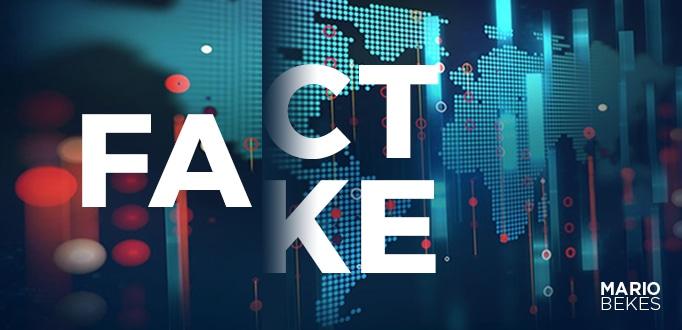Record Your Own High Quality Podcast

Mainstream media and social channels are awash with conversations and disagreements about misinformation and disinformation and what they are. The pandemic and Trump’s presidency have added considerable fuel to these debates.
Definitions of disinformation and misinformation are easy to find. The important distinction between the two is the intent that sits behind them.
Misinformation is the sharing or publishing of information that is more or less accurate. It can be spread by anyone, by any means and without the intent to deceive. We see this daily on our social media platforms, through the continuous arguments and counter arguments, which may even include some facts.
Disinformation, on the other hand, is created deliberately with the intent to deceive. Its deceptive nature is designed to cause problems within countries, organisations and the general public. It is often directed against prominent members of society and is a common tactic employed by foreign countries and their intelligence agencies, who use friendly, reliable supporters to help distribute disinformation on large scale.
We can look back in history at some of the origins of disinformation. One of most famous examples of disinformation is Grigory Potemkin (1739-1791) who orchestrated the building of fake villages to impress his former lover, Empress Catherine the Great, when she visited newly conquered territories in 1787.
It is a beautiful story, but a fake one. The idea of Potemkin villages was designed to disinform the Ottoman Empire into believing that Russia Empire was weak and that they just built wooden facades. It encouraged the Ottoman Empire to go to war with Russia over Crimea and they lost, resulting in the Treaty of Jassy that confirmed Crimea as a part of the Russian Empire.
There are many examples of disinformation from both sides during World War II. Both set up fake airfields and model planes to trick the enemy. The allies even dropped fake paratroopers the night before the D-Day invasion to make the Germans think the invasion was in a different location.
Modern age disinformation was widely adopted by the USSR under the term, dezinformatsiya. According to Ion Mihai Pacepa, a high-ranking official in Romania’s secret police, who defected in 1978, there were many examples of how USSR utilised disinformation against West.
Misinformation, particularly online, is all around us. It has shown how vulnerable we are as a society, particularly during the Covid19 pandemic, where truthful and fact checked information has in some cases become a rare commodity.
Disinformation is usually based on true event, so, it will include facts around which a false story will be built. These typically use sources, like social media platforms, where misinformation is flowing.
Disinformation is part of daily life, alongside misinformation. It is important for corporations to understand the modus operandi of both in order to protect their brands and reputations by maximising trust and confidence within their consumer and supplier communities.
Organisations invest heavily in their IT risk management frameworks, while the weakest link and potentially the best firewall, humans, are often forgotten.
Information risk management must include employees and policies around information risk management should be implemented for employees to help them understand what information is, how to access, analyse and record information for decision making.